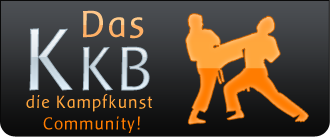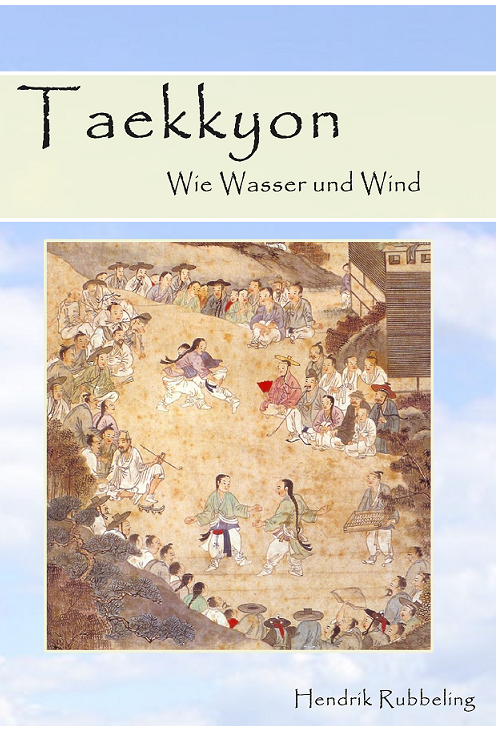
Zitat von
Bowman, 2016: 916f., 928
a martial art structured by an antagonism between, on the one hand, an overwhelmingly fabricated or invented ‘ancient’ history, and, on the other hand, a growing body of academic studies that reveal its actual history to be little more than 60 years. This is the case of the Korean martial art and national sport, taekwondo.
As with so many martial arts, the history of taekwondo is presented as ancient, indigenous, ethnic, autochthonous, and independent. But increasingly, historians of the art show that taekwondo cannot be said to have existed before the end of the Second World War. Indeed, it was elaborated primarily according to a nationalist and anti-Japanese post-war agenda.
Ironically, however, taekwondo was constructed from ingredients found almost exclusively in the Japanese art of Shotokan karate. Nonetheless, taekwondo’s status as an ideological part of Korea’s de-Japanification is well documented. So are its founders’ efforts to invent a history for it.
Their project included, first, trying to persuade martial arts teachers in Korea to use their new name, ‘taekwondo’; second, coming up with a persuasive (albeit spurious) etymology for the made-up characters of the new name; and, third, claiming that this modern practice had an unbroken connection with the martial arts of ancient legendary warrior kingdoms, folk traditions, indigenous sports, and heroic battles against invaders.
In this narrative, the Japanese ingredients of taekwondo are erased, and Japan only features as the stooge within preposterous scenarios – such as the one in which taekwondo is said to have developed its high jumping kicks in order to kick samurais from their horses. As one martial arts writer puts it, you only have to have seen a horse, never mind someone sitting on it, never mind
a warrior on a war-horse, to realize that this idea is ridiculous.
Indeed, it is rather telling that it was only from the 1950s and 1960s that taekwondo began to spread around the world (Surely an older martial art would have been likely to have spread earlier).
However, it soon becomes one of the most popular martial arts and martial sports internationally. One taekwondo institution (the World Taekwondo Federation [WTF], based in South Korea) became an Olympic sport. Another institution (the International Taekwondo Federation [ITF], based in North Korea) perhaps unsurprisingly chose to present itself instead as a lethal, pure, authentic killing art. In both incarnations, however, taekwondo has historical and nationalistic myth stitched through all of its elements. Its patterns (or kata) are named after and are given interpretations that relate to the ancient kingdoms that preceded the establishment of Korea, and students the world over must learn these names and related interpretations to pass their gradings.
The inventors of modern taekwondo are presented as merely the modern links in a very old lineage, one that comes down to us unbroken through the ages. Given that all of this is in the syllabus, it is hardly surprising that practitioners of taekwondo believe all sorts of grand things about its history.
But in this regard, of course, taekwondo is far from unique. Practitioners of all ‘traditional’ martial arts, from wherever, tend to believe in equivalent versions of magnificent histories.
[...]
Of course, the nationalists who devised taekwondo through the 1950s did not merely rename Japanese moves and techniques. Rather, they preferred to modify and manipulate the techniques they all already knew from the Japanese styles, and claim that these forms were actually distinctly Korean. Hence, on the one hand, taekwondo blocks and strikes look remarkably like those of Shotokan, but they are just that bit different (and the differences are insisted upon). On the other hand, because Japanese kicks were low and conservative, a whole new repertoire of kicking techniques was invented. Indeed, one of taekwondo founder Choi Hong Hi’s key criteria for allowing a kick into his syllabus was that it should not look like any of the kicks used in Japanese styles.
[...]
Moreover, its official history is highly selective: on a research trip in November 2015 to the taekwondo museum in the Taekwondowon in Muju, South Korea, I noted that one of the most instrumental and controversial players in the invention and dissemination of taekwondo, Choi Hong Hi, was entirely absent from the museum. Given that some histories of taekwondo place Choi at the forefront of its development, his exclusion from the official national museum is
telling. For what his absence from the official museum indicates is that Choi has been written out of the official historical narrative.





 Mit Zitat antworten
Mit Zitat antworten





